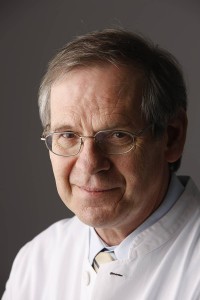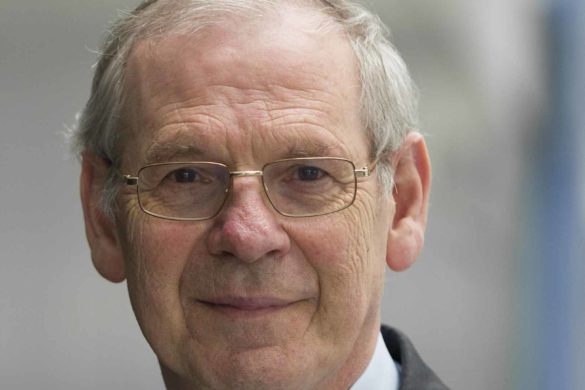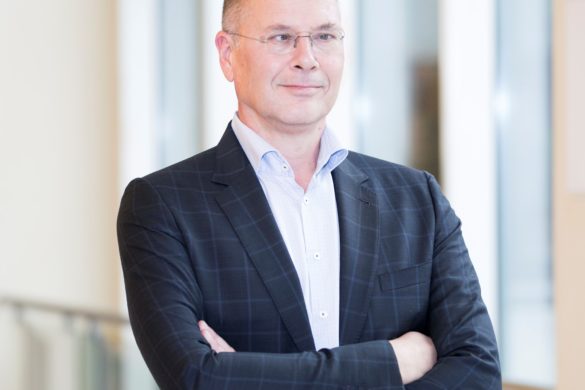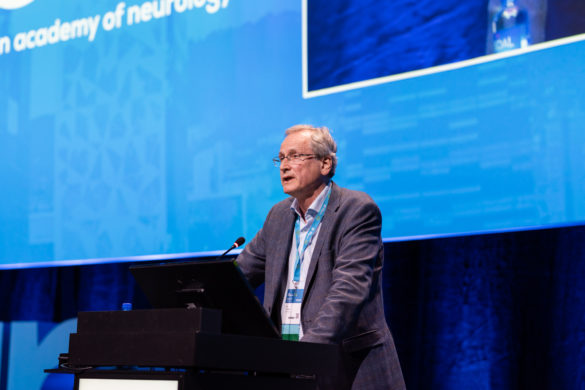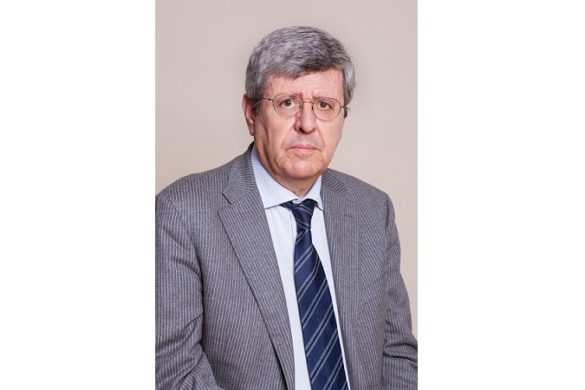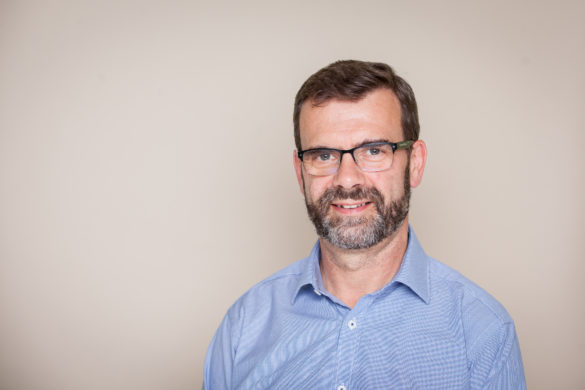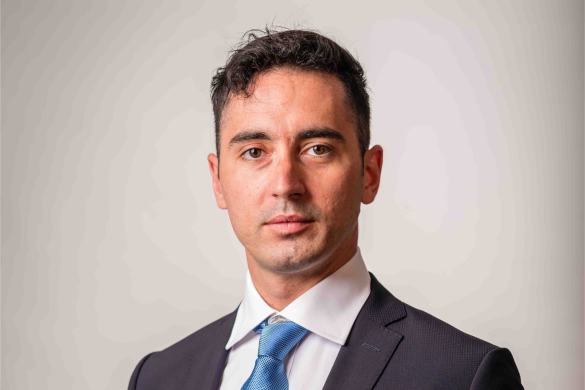Neurology is a young and rapidly expanding field. This has many consequences – and ideas about a possible centrifugal development of neurological specialities are among them. Two major factors are facilitating the separation of sub-disciplines from neurology.
Firstly, there are the increasing possibilities for treatment and therefore increasing numbers of patients which need neurological treatment. Major research progress has been made and many diseases can nowadays be treated successfully. This does not only apply for stroke, infections, multiple sclerosis and epilepsy but also for degenerative disease like Parkinson’s disease and even some of the hereditary conditions like Wilson’s disease. This explosion of knowledge and therapeutic possibilities has led to an increasing complexity of neurological sciences and we need more and more subspecialists in neurologic departments. Within modern healthcare systems, more treatment opportunities lead to more and possibly separate facilities helping patients to overcome their diseases.
The second major factor is due to increasing numbers of neurologic patients because of aging populations world-wide. The population in Europe has been gaining 3 months every year for more than 5 decades and this is dramatically increasing the life expectancy. Many diseases are clearly age-dependent and older age comes with a higher percentage of prevalent neurological diseases in the community. This applies in particular for all neurodegenerative disease. Many neurological hospitals in Europe are observing increasing patient numbers over the last two decades. There is probably no discipline in European countries which has gained as many new in-patient care facilities as neurology. Without large patient numbers the subdivision of neurology would not be possible due to the economic constraints of modern hospitals.
These changes provide the basis for a diversification of our field, particularly in academic settings. Separate research units for stroke, movement disorders, dementia, multiple sclerosis, pain/headache, epilepsy or other even more focused segments have been established and for their clinical research they need access to separate in- and out-patient care facilities. This is based mostly on the heavy research programmes which need independent structures to flourish and to have patients access. Here, traditional structures may indeed prevent rising sub-diciplines from growing faster.
There is a tendency in several countries to separate these research- and care-units as independent units within the University Hospitals. This applies in particular for stroke services. From an economic point of view, stroke units and their associated care and rehabilitation facilities may be particularly profitable in some health systems. Further support comes from neighbouring disciplines which are also involved in invasive or rehabilitative care of stroke patients. Finally, business people may want to split up neurology to pick out and privatise one of the most profitable junks of neurology. Similar attempts may be interesting also for dementia, movement disorders, epilepsy and multiple sclerosis. At present it is hard to anticipate the consequences of such a separation of the different services of neurology. It is conceivable that stroke medicine with its many patients can economically survive independently but not necessarily other neurological subdiciplines.
Although not fully comparable, Internal Medicine has shown that the separation into more than 10 sub-disciplines – among them Cardiology, Gastroenterology, Hematology and Oncology – has led to an admirable scientific expansion and much clinical progress for some of these disciplines, but also to economic disequilibrium and subsequent disadvantageous situations for some wallflower disciplines. But also the profile of internal medicine has changed a lot. Generalists are becoming extremely rare in internal medicine despite those who can make an informed weighting of the different components of the disease of multimorbid patients are very much needed.
In neurology, we are still able to clinically oversee the whole discipline which is for me the most attractive beauty of our field. So far, we still have the opportunity to oversee the complexity of all our diseases which is the basis to administer them in a common clinical and economic structure. Also, young neurologists can be trained to enter the field within a reasonable time. There is much room for subspecialisation, particularly when it comes to advanced diseases and certainly for research. Fortunately, besides all tendencies for subdividing the field, the traditional clinical assessment and clinical reasoning is a common characteristic feature of all neurologic sub-disciplines and will remain the common gold standard no matter what sophisticated additional assessments we are developing. The upcoming times will be challenging for neurology, but carefully learning all skills of the general neurologist is still the best advice that can be given to those starting in our field.

